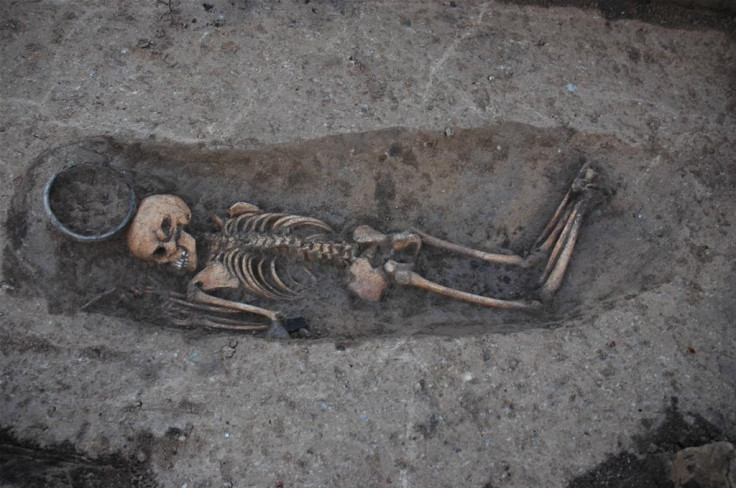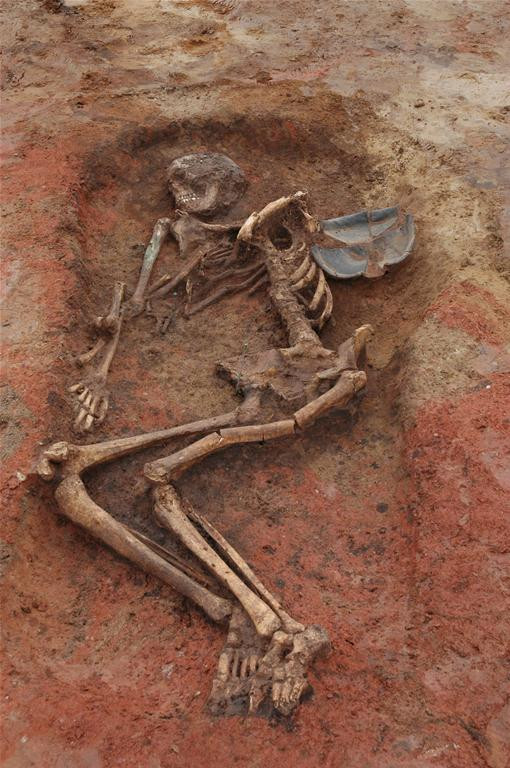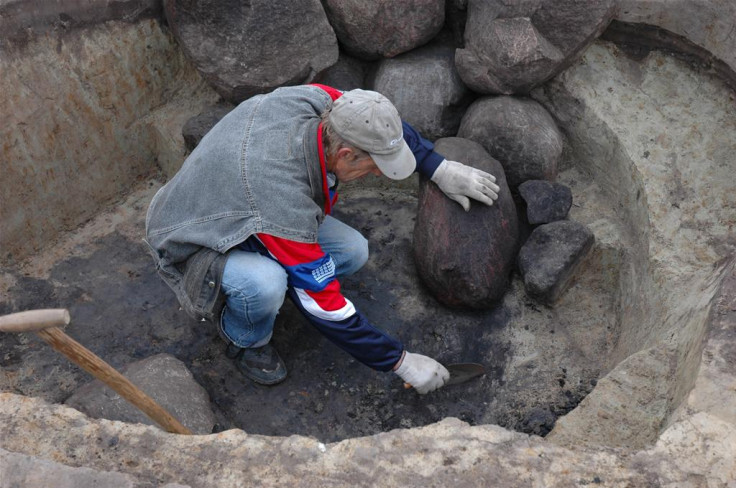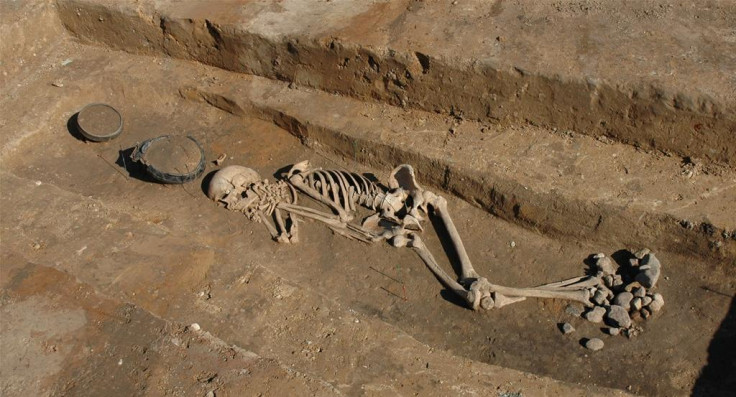Poland: Huge 2,000-year-old Iron Age necropolis discovered with two 'princely' tombs
Polish archaeologists have released new details about ancient burials found in a huge necropolis dating back over 2,000 years, which include two tombs that likely contained princes.
The burial site, located in Karczyn, Kujawy in north central Poland, is the largest to have ever been found in the country and dates from 3<sup>rd century BC to 5<sup>th century AD.

This period is referred to by Polish archaeologists as the "Period of Roman Influence" due to the fact that some of the graves contained grave goods that were imported from the Roman Empire.
"It turned out that the necropolis existed continuously for over 300 years, from the 1st to the 4th century AD. We have found more than 120 burials with very diverse rites," excavation director Adriana Romańska told PAP, the Polish government's science news site.
Celtic and Roman influence

The necropolis was used over several hundred years to bury successive generations of the Przeworsk culture, an ancient tribe that existed in both the Iron Age in Poland, and the Period of Roman Influence.
The Przeworsk culture people who lived in Kujawy were Celtic, meaning that they spoke Celtic languages and had a similar culture, although it is not clear how exactly their ethnic, linguistic and cultural habits differed from the people of Iron Age Britain and Ireland.
Archaeologists from the Archaeological Expedition of the Institute of Prehistory, Adam Mickiewicz University in Poznań excavated the site for eight years from 2002-2010 and their most impressive discovery are two gigantic tombs which are described as "princely graves".

The burial chambers measure 2m deep and were likely also covered with mounds (a Celtic custom), which no longer exist. The archaeologists believe that the graves were likely robbed in antiquity.
In one tomb, there are two people buried – an adult aged over 20 years old, and a 14-year-old youth, while the other contains a youth aged 14-15 years old.
"The presence of juveniles in princely tombs is quite unusual, as is burying more than one person in a princely tomb. Among the 60 known early Roman objects, only in four were the remains of more than one individual discovered," said Romańska.
Very rare two-person tomb

These two tombs are the largest known to date in Kujawy from this particular period, but even more interestingly, the tomb with two people buried in it is only the fifth of its type in the world, and the first to ever have been discovered in Poland.
As the Przeworsk culture people existed in both the Iron Age and the Period of Roman Influence, their burial rites changed over time.
The archaeologists have discovered graves with skeletal remains and grave goods, as well as graves consisting of ceramic urns containing cremated corpses, and several burial pits containing furnaces, where cremated ashes were placed directly into the ground.

There were also group burials, together with burials of warriors in another section of the site, whose bones showed evidence that the individuals had ridden horses and wielded swords or spears during their lives.
Poland's Ministry of Culture and National Heritage has given the archaeologists a grant to help them continue their work at the Karczyn necropolis, where they will focus on reconstructing the diet, kinship and culture of the people buried there.
Scientists will analyse the DNA found at the site, as well as carbon dating charcoal and wood fragments, and working out the composition and origin of metal objects found at the site.
The National Heritage Board hopes to conserve over 200 monuments at the burial site.
© Copyright IBTimes 2025. All rights reserved.






















